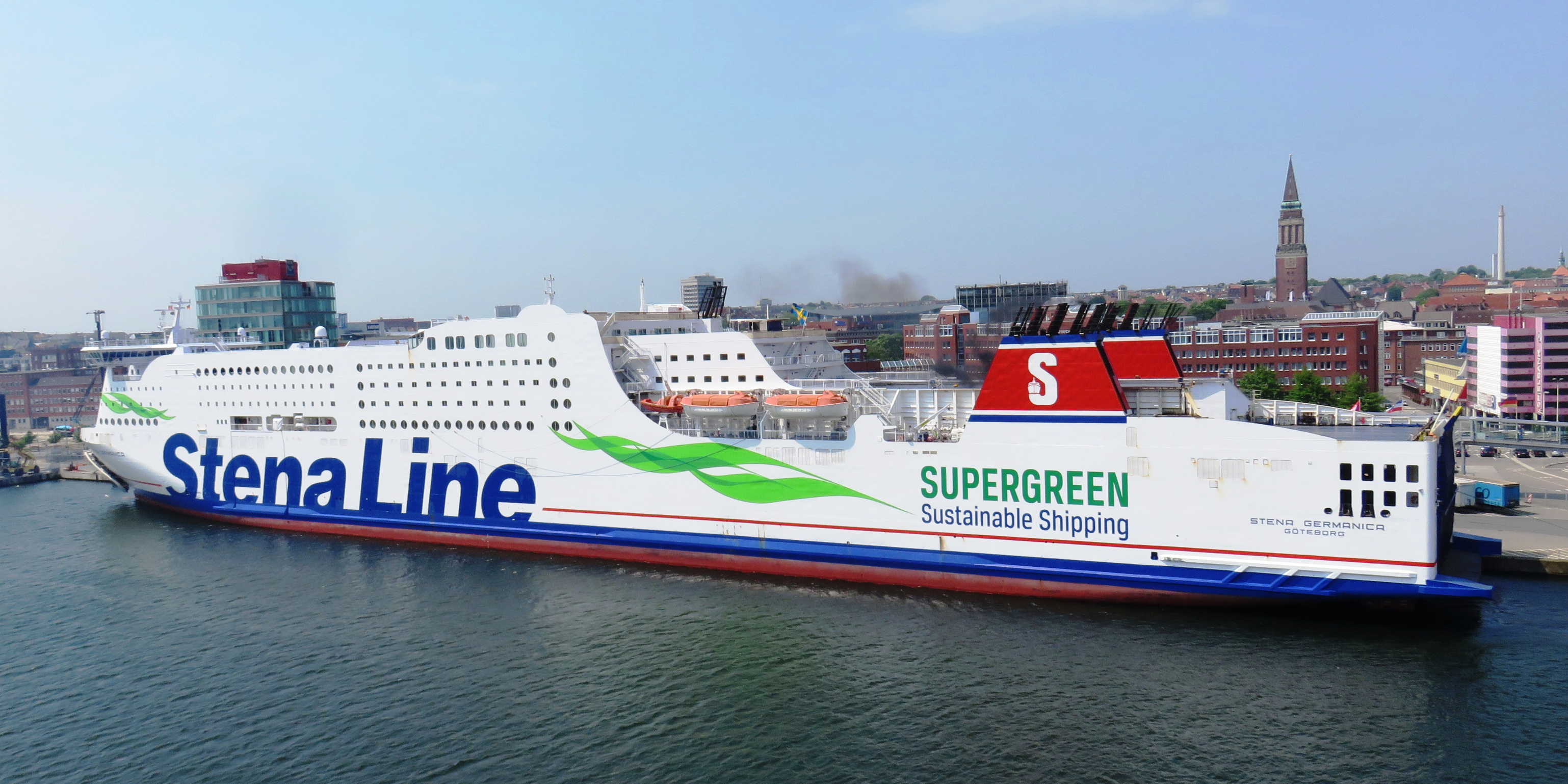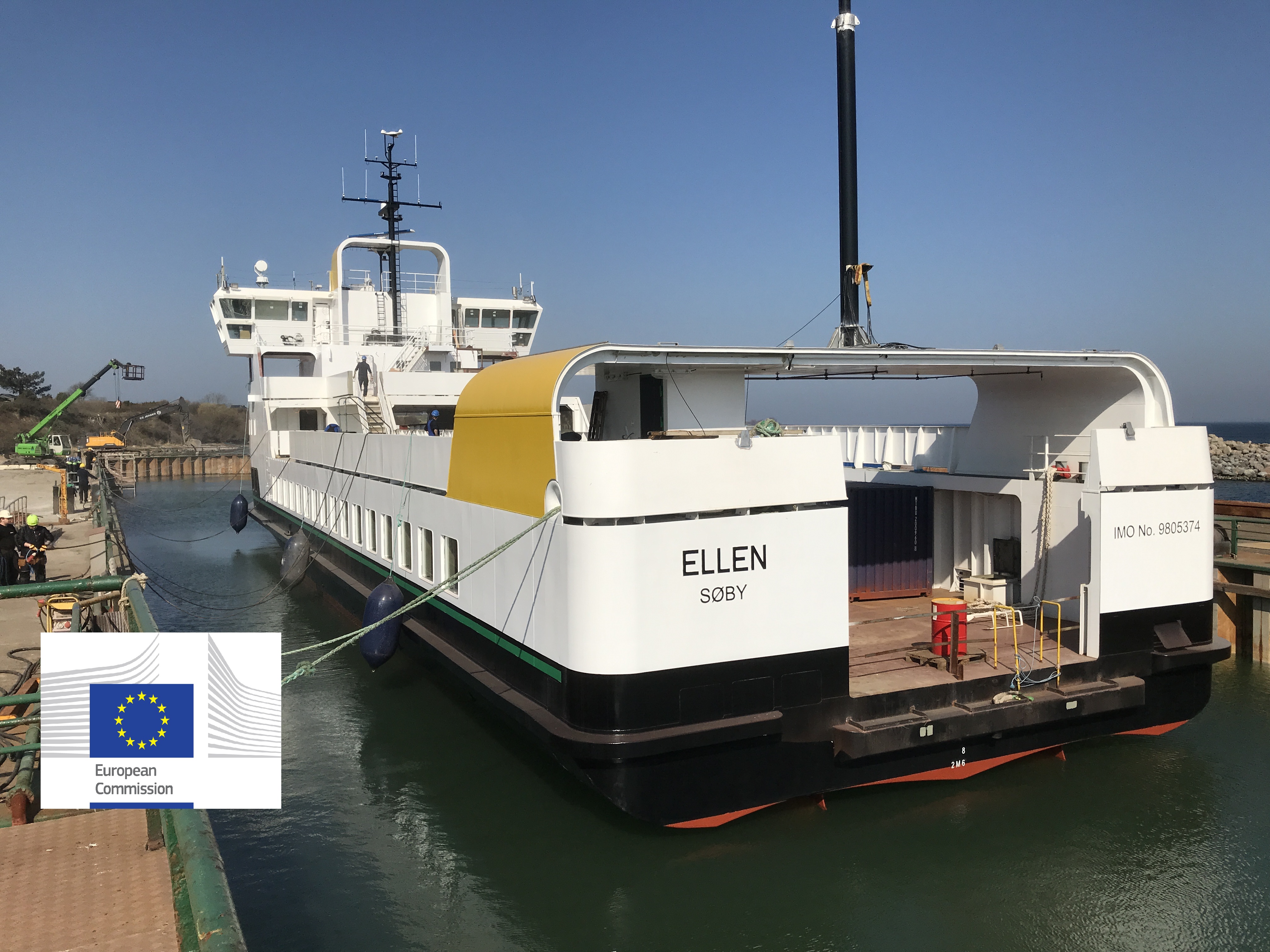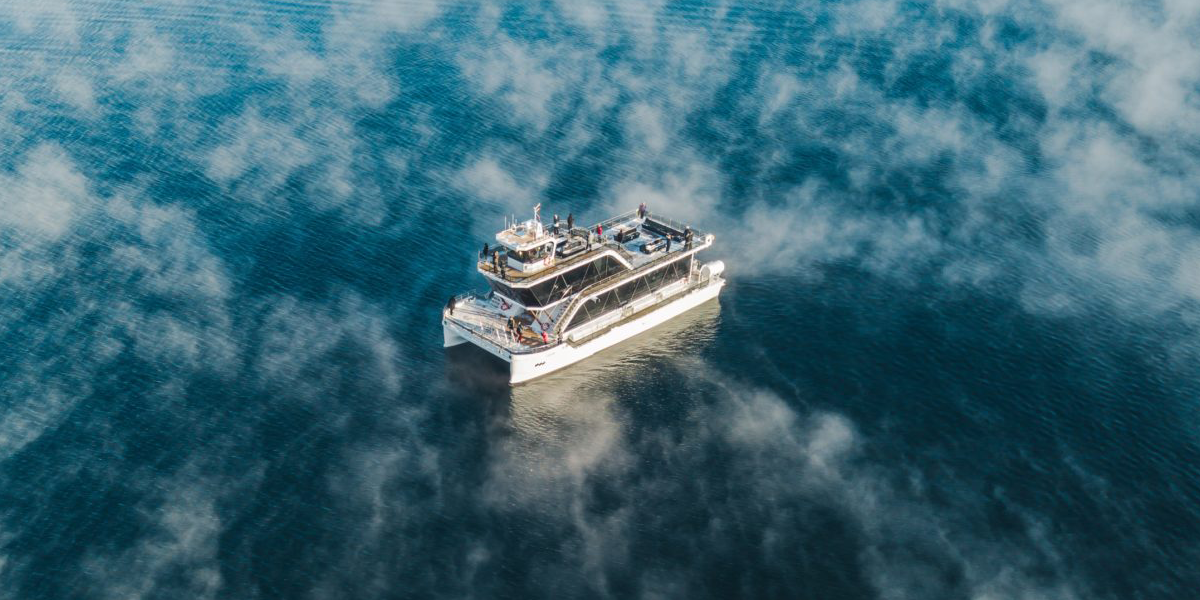The Race to Zero Emission
Through continuous innovation and research, the European shipping industry is committed to doing its part in the global and the EU’s fight against climate change and drive towards decarbonisation.
Here are some examples:
2015
In 2015, Swedish Stena Line ferry — the Stena Germanica — became the first ferry in the world to use methanol as fuel.

2016
To meet the Global Sulphur Cap 2020 and the GHG 2050 targets, a group of shipping companies led by the Royal Belgian Shipowners’ Association, their maritime partners and the UCL Energy Institute set up the Maritime Industry Decarbonisation Council (MIDC) in 2016. The MIDC is a thinktank that looks at the development of an evidence-based policy on GHGs that will enable the sector to reduce its GHG emissions in the most cost-effective way. The MIDC brings structure in the debate on short-medium-, and long-term solutions, looking at their CO2 reduction potential, cost, technical maturity, and scalability.

2017
Belgium built the Hydroville in November 2017 — the first certified passenger shuttle that uses a hydrogen-powered engine. The shuttle is now used as a platform to test hydrogen technology for commercial seagoing vessels, the fuel is free of carbon dioxide, particulate matter or sulphur oxides when burnt. In the first phase, the Hydroville transports passengers from Kruibeke to Antwerp during rush hours.
2018
In 2018, the MV Afros, a 64,000 dwt Greek bulk carrier, won an award for being fitted with a Flettner Rotor system. The system utilises an aerodynamic phenomenon known as the Magnus Effect to provide useful propulsion to the vessel by harnessing wind power to enhance vessel efficiency, reducing net fuel consumption and lowering exhaust emissions.
2019
The all-electric ferry built in the framework of the EU's Horizon 2020 programme was baptised “Ellen” on 12 June 2019 in Denmark and will soon set sail between the islands of Ærø and Fynshav. With a capacity of 4.3 MWh, she has the largest battery pack currently installed on a ship. The new electric ferry will save an estimated 2,000 tons of CO2 per year in its operation.

From August 2019, the Brim Explorer — a small electric cruise ship — will start operating in Norway’s pristine fjords. The design allows the ship — with maximum 150 persons onboard — to plug onto any pier and is both completely emission-free and silent.

2020
Starting in May 2020, twelve Grimaldi GGSG ro-ro freighters operate in the Mediterranean powered by lithium batteries to guarantee zero emissions inside ports when in ‘eco’ mode. Initially, this will be implemented on vessels operating the Barcelona-Porto Torres-Civitavecchia line. Each vessel has the capacity for 3,500 passengers, 271 cars and 210 heavy vehicles.

